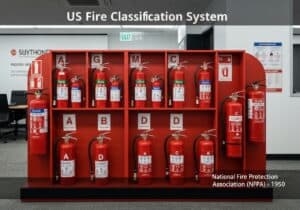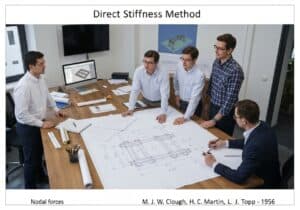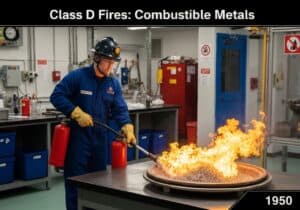操作员可能会在生产线上快速移动,做一些简单的重复性工作,并竭尽全力......但这绝不是最快的生产技术。摄像机或主管在他肩上大喊大叫也无济于事
请在右侧添加/评论
触摸移动规则
在生产过程中,无论是手动装配还是自动装配,都要遵循棋局原则:
一旦触碰棋子,就必须演奏!

在生产中也是一样,简单重复的步骤并不是最快的.
在完全安装之前,不要释放组件;不要释放到临时库存或工作场所的成品子组件上,而要直接安装到主要组件上。
这就是上述信封游戏中的主要收获:拿,然后放,然后再拿(......),信封显然是废物--沼泽。
与额外的操作相比,人们认为使任务变得简单重复的收益根本不存在。
最能体现单件流与批量生产的是:
[embedyt] https://www.youtube.com/watch?v=Dr67i5SdXiM[/embedyt]
生产灵活性技术
20 世纪的亨利-福特
"只要是黑色,任何客户都可以把汽车喷成他想要的任何颜色"
在《我的生活和工作》(1922 年)中
虽然这是生产发展逻辑的一部分,但这一逻辑已不再最适应大多数现代细分市场。竞争者、上市时间、客户需求和低库存(......)等因素使我们的生产流程更加复杂。 灵活性 是当今生产的主要标准之一:
- 生产量的灵活性
- 产品本身的灵活性:变体、定制
以下是不同技术的回顾,从简单到复杂,以满足产品和产量的灵活性。但请记住,这两者很可能必须结合起来
生产能力的灵活性
| 方法 | 图例 | + | – |
|
多班运行 1 至 3 班 + 周末 = 人类增长 |
最古老的方法之一,相对容易实施 可延长至周末 无需更多投资 |
只要你有合格的资源可用;通常最好的操作员会被分配到经验较少或没有经验的操作员之间的班次上 有时是监管问题(夜班)和/或质量差异。 仅在一定程度上具有灵活性:对于西方国家的大型工厂而言,灵活性并不强(大量工人突然失业)。 |
|
|
生产线增加一倍或更多) = 设备增加 |
只有当初始投资的可能性刚刚达到极限时(典型情况:初创企业),才应这样做;即使在这种情况下,也有可能采用以下另一种解决方案 或未来生产的能见度很低 如果(在这种情况下,甚至应首选预测性维护)进行备份 |
加倍投资、设置、控制 可能的产品差异 |
|
同一产品线中产品本身的灵活性--多样性
有关精益生产优化的外部链接
(将鼠标悬停在链接上即可查看内容描述)






























触摸-移动 "规则会不会限制生产的灵活性?如果出现不可预见的变体怎么办?
触摸移动规则是为了精确,而不是限制。意外变数?适应并制定策略,这就是游戏!
国际象棋中的原理,甚至是亨利-福特的装配线等历史典故,对今天的生产战略仍有影响,但仍需加以调整,这一点令人着迷。
它对传统的大规模生产和现代的柔性生产技术进行了深入的比较,强调了适应性在当今市场中的重要性。其中,"触摸-移动规则 "的比喻尤其发人深省,因为它强调了多次处理部件的低效率,表明简化流程可以大大减少浪费,提高生产率。
效率不是因品种而降低,而是因管理不善而降低。精益生产的目的是消除浪费,而不是选择。
读来有趣!但是,"触摸移动 "规则是否会限制生产的灵活性,尤其是在产品变型的情况下?